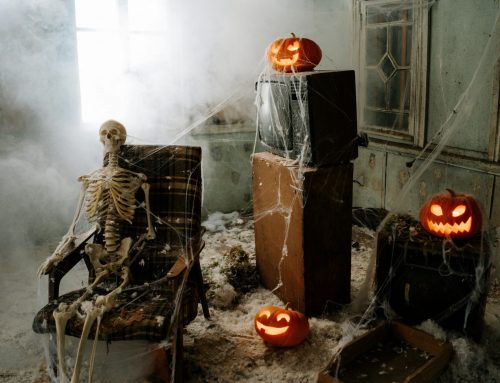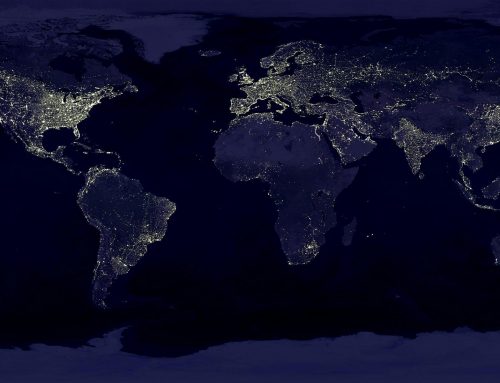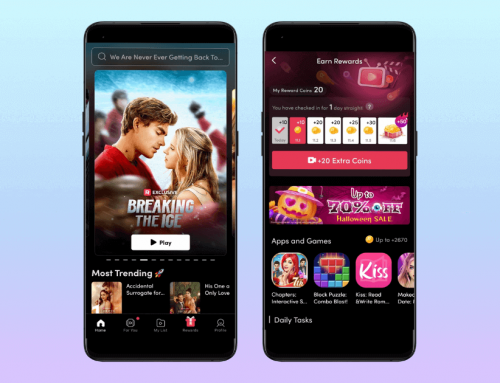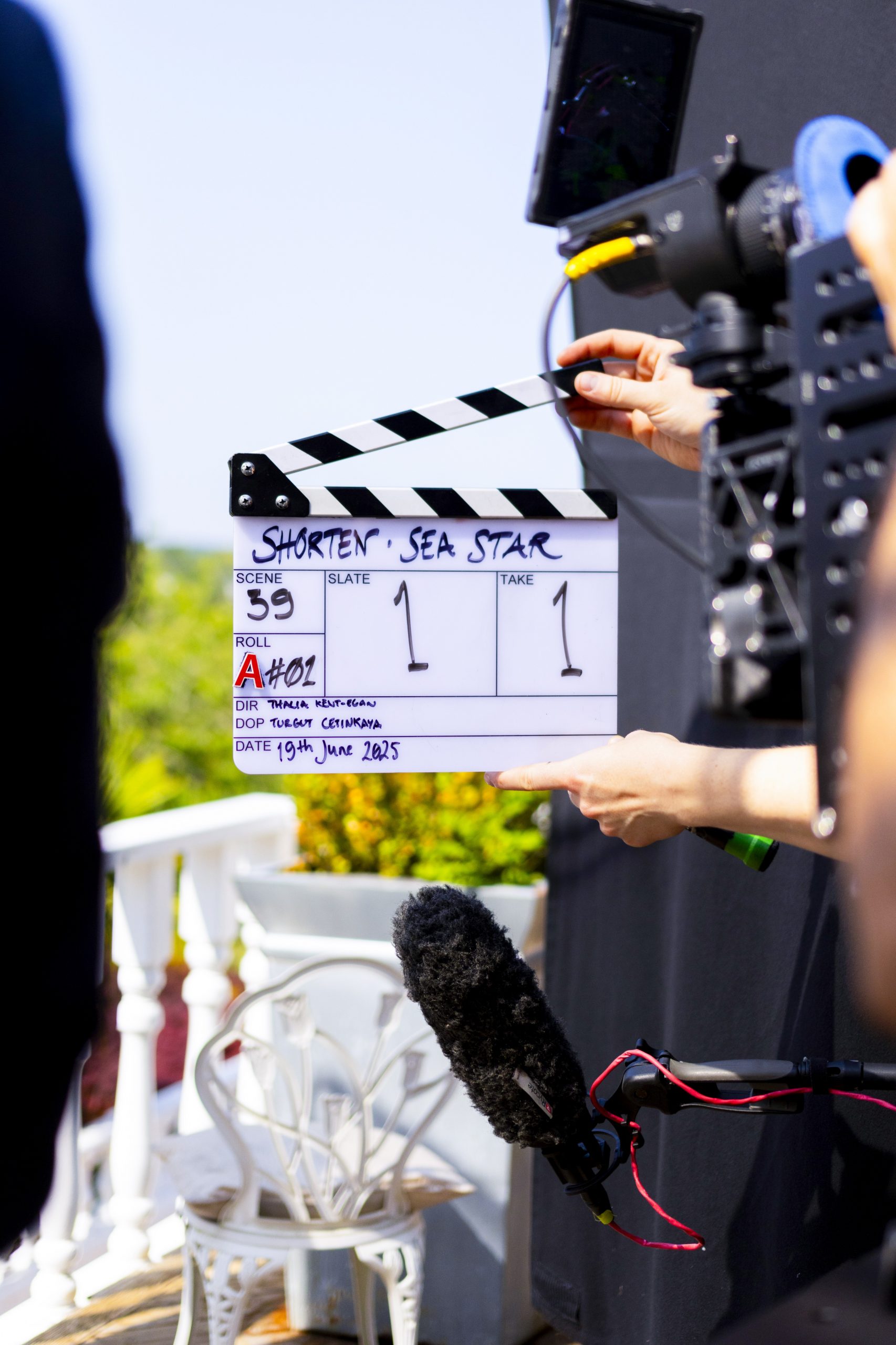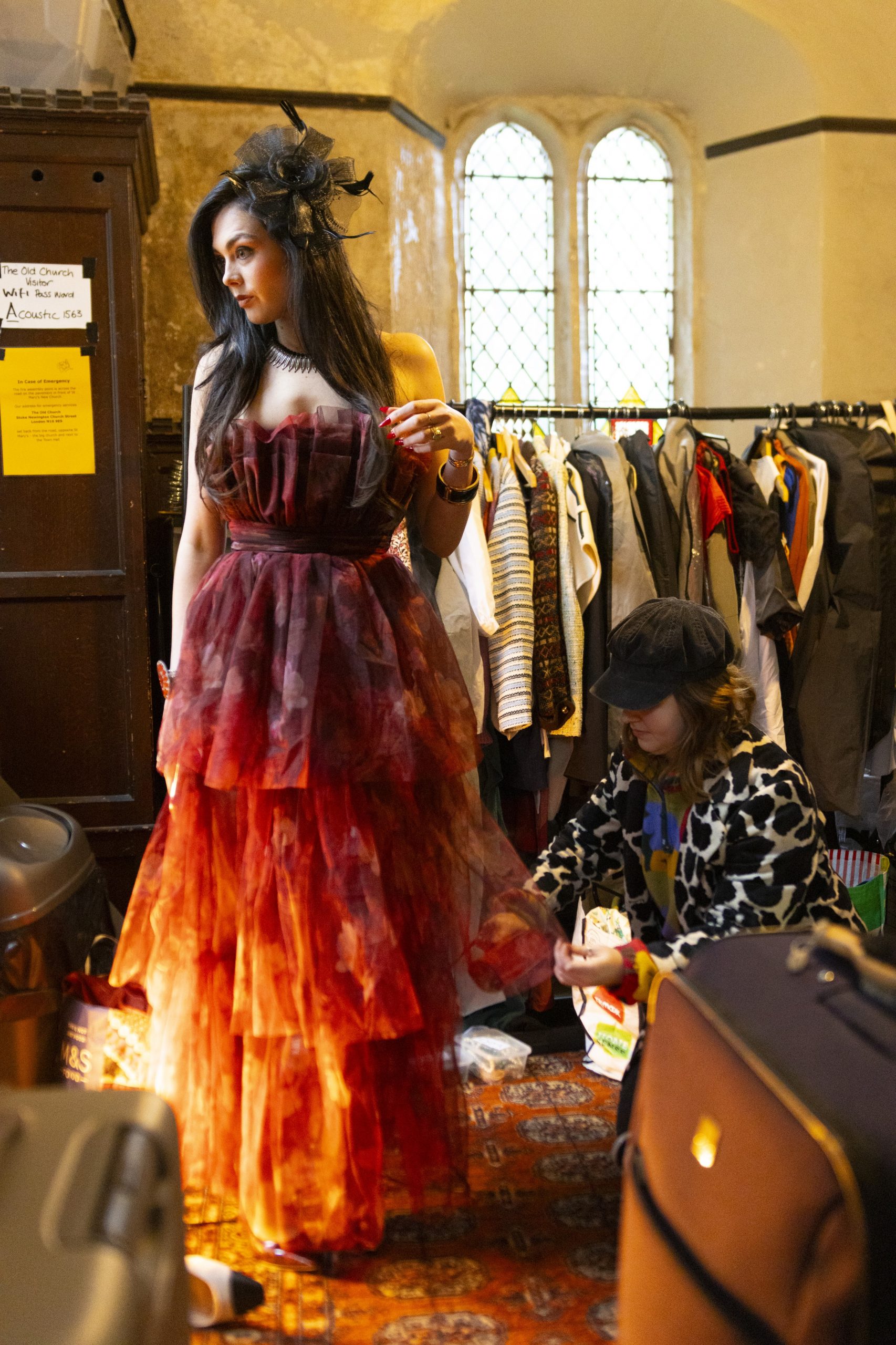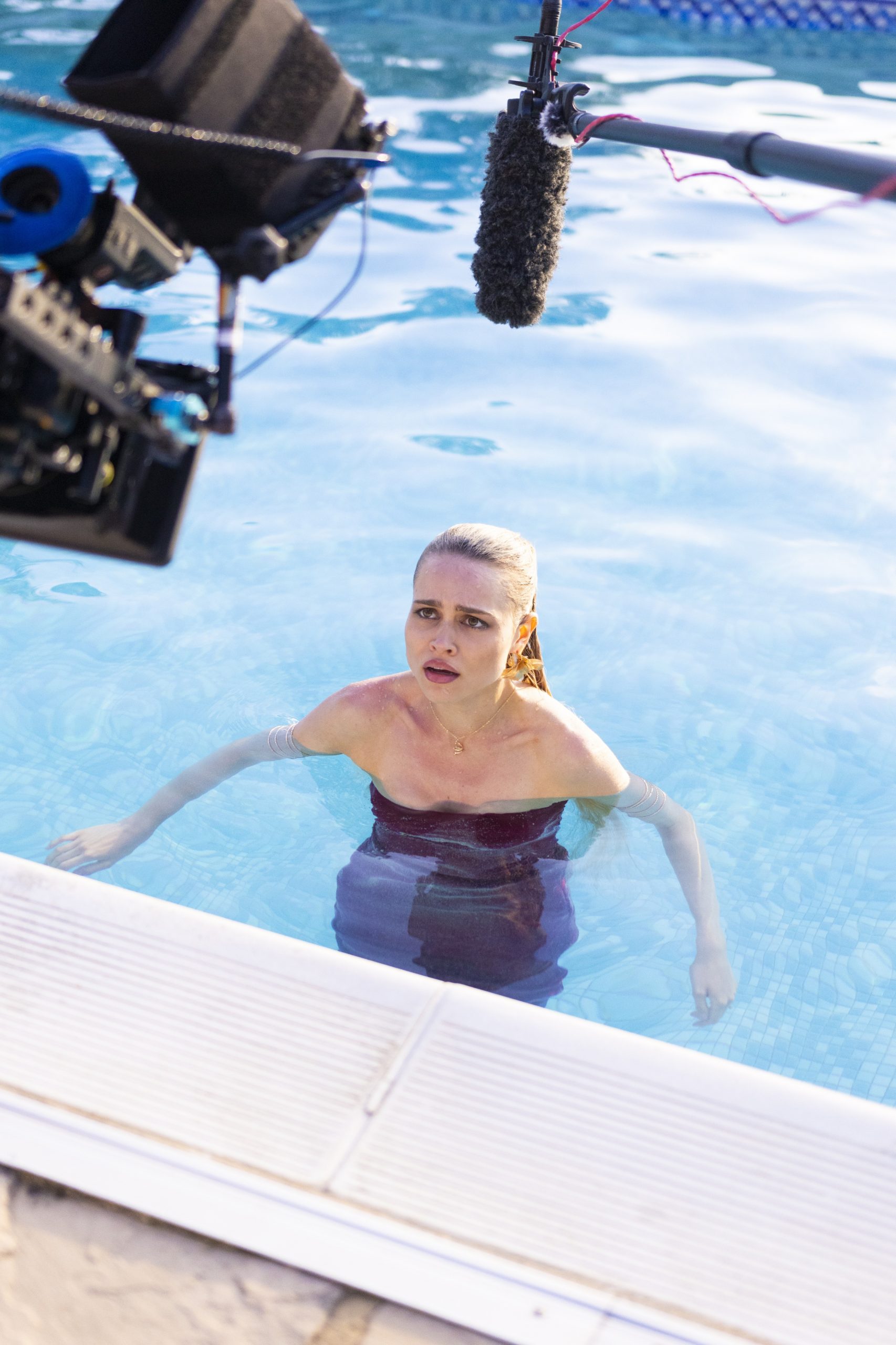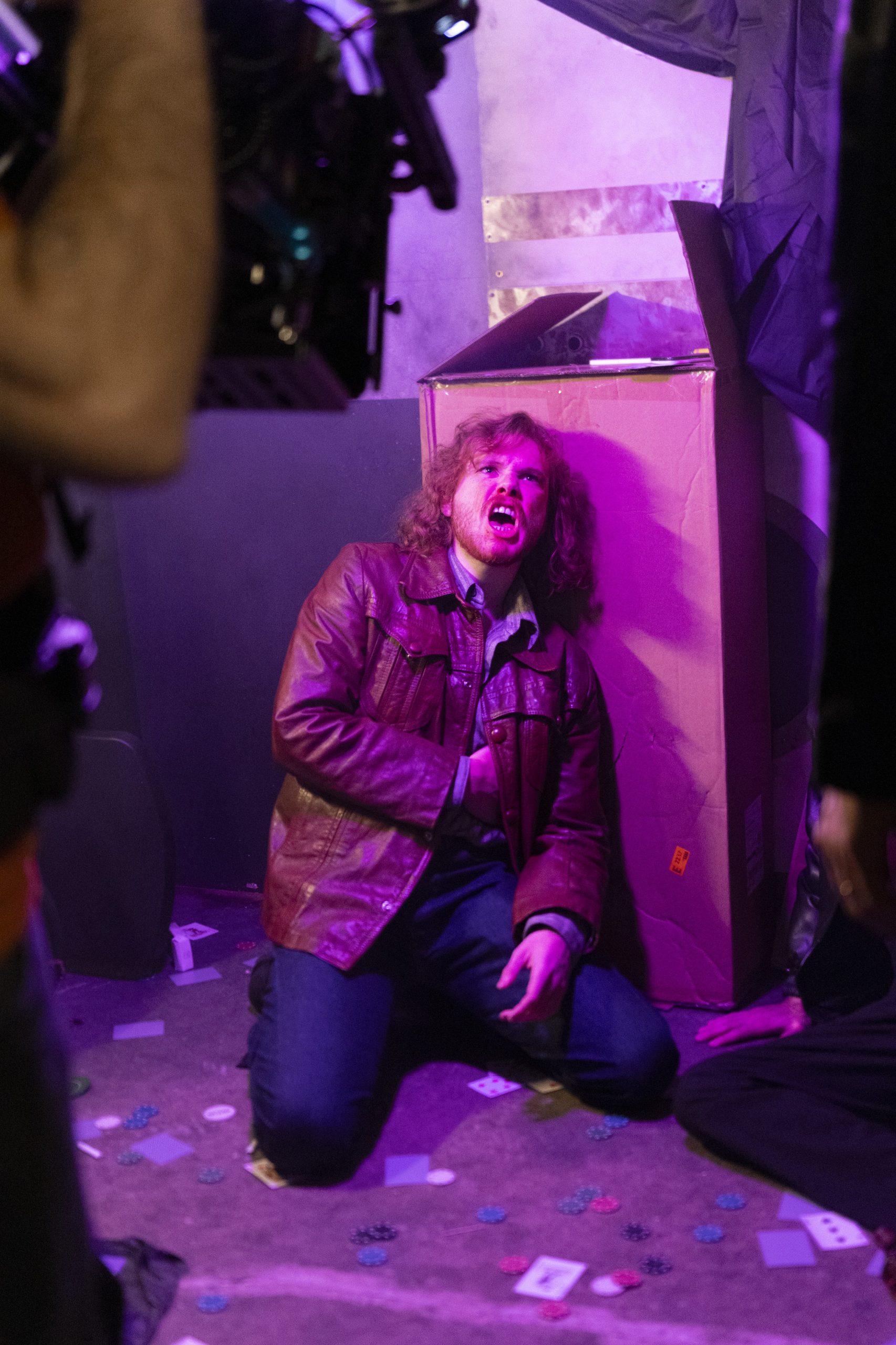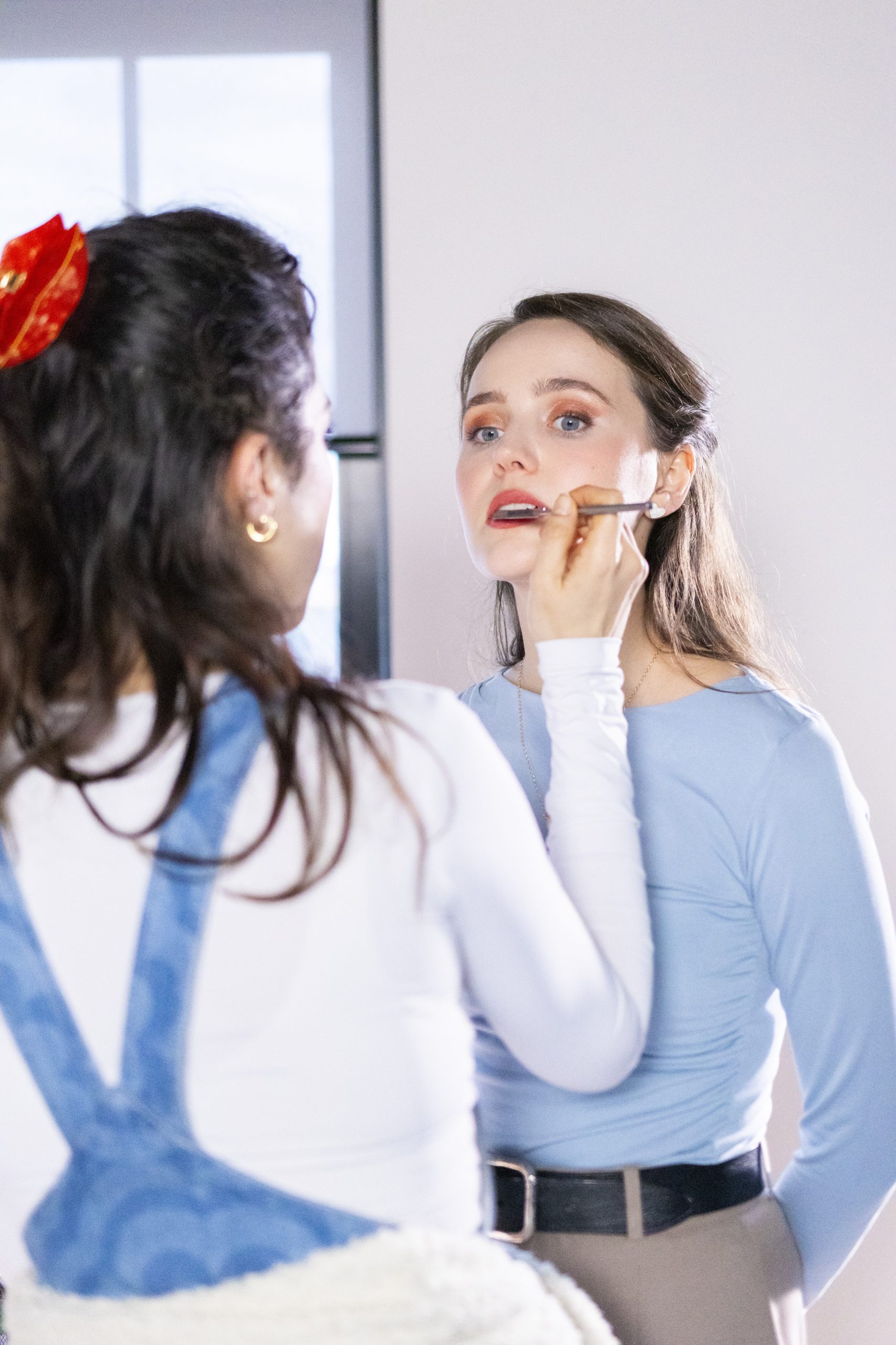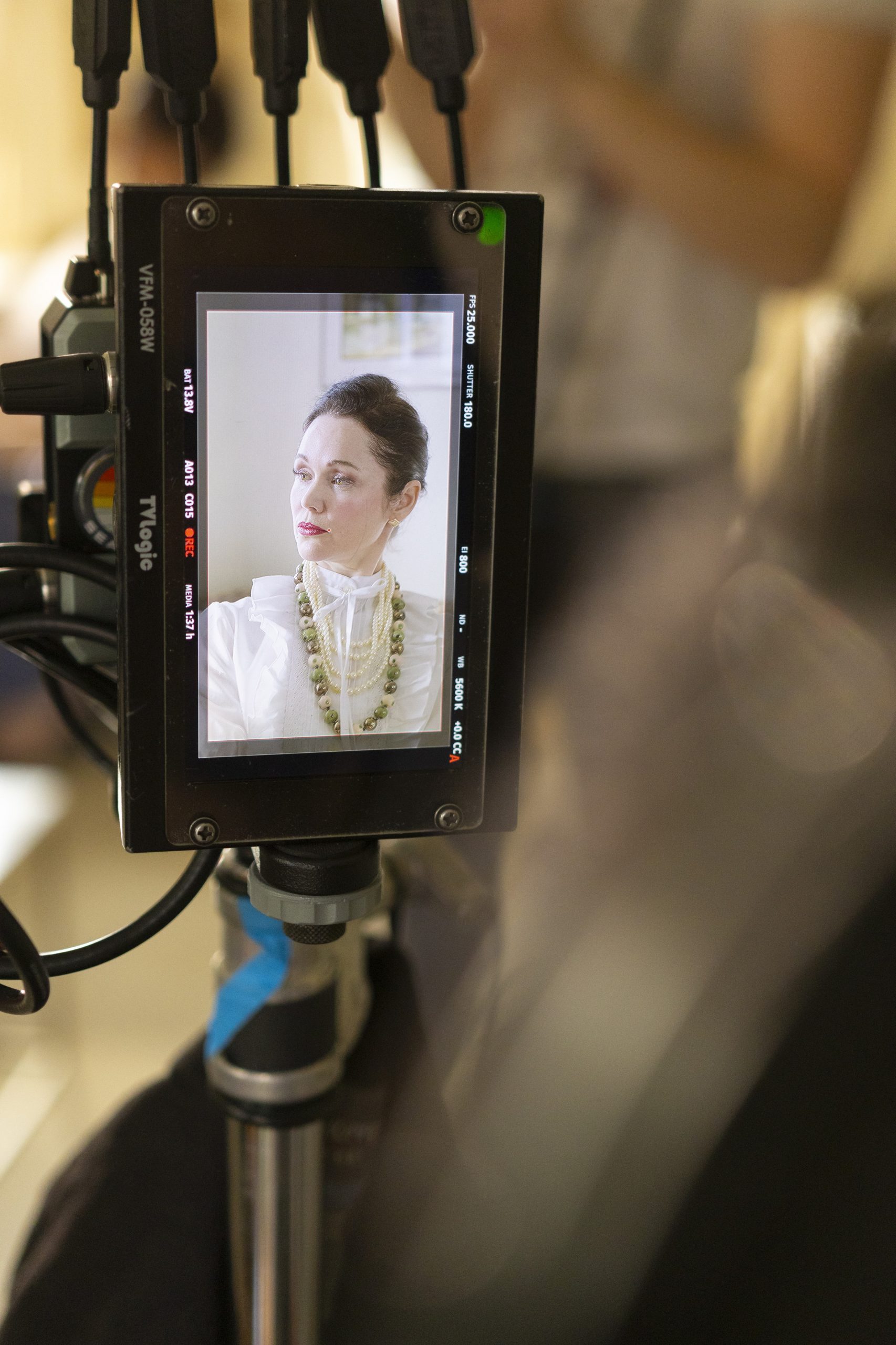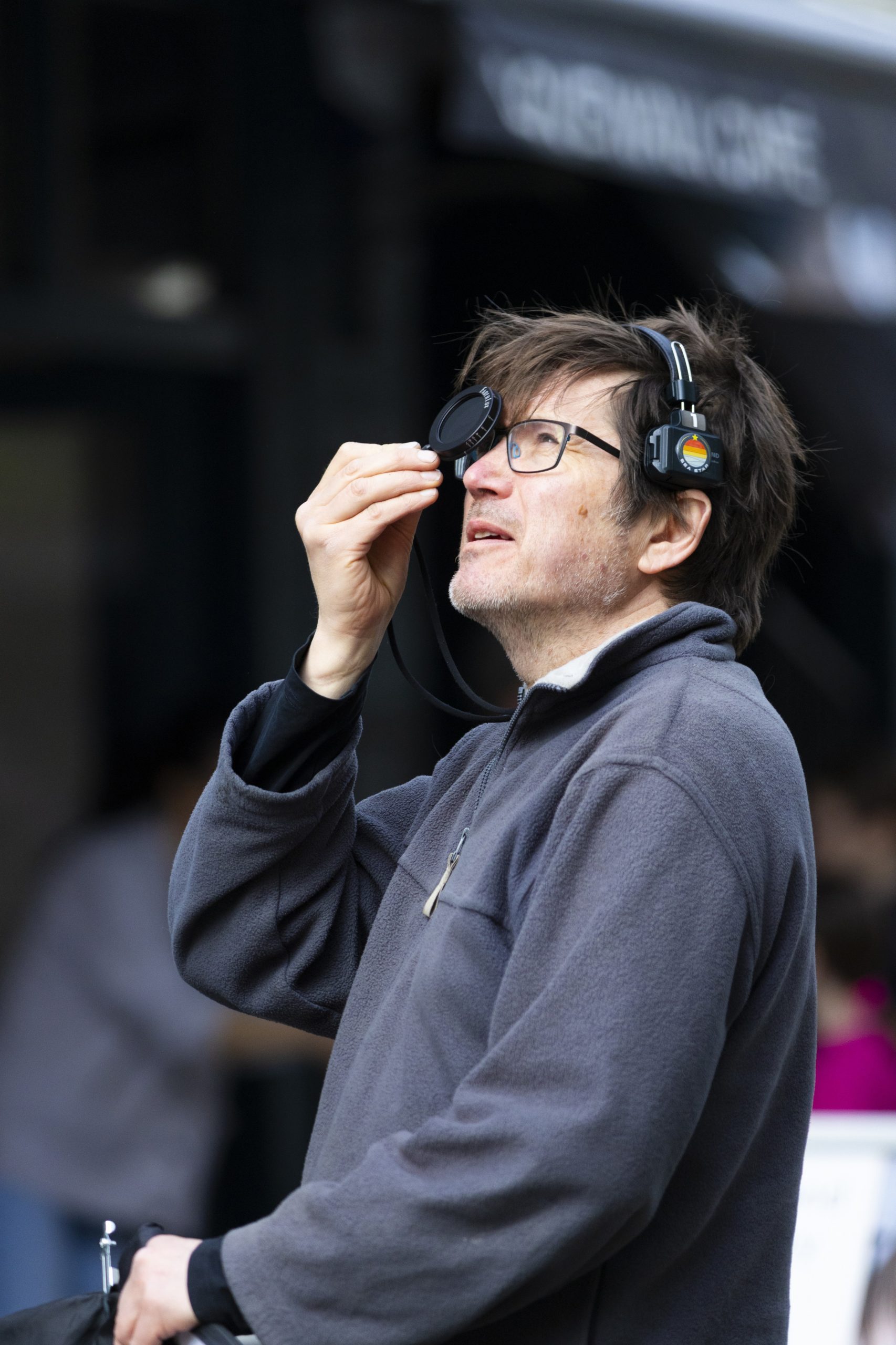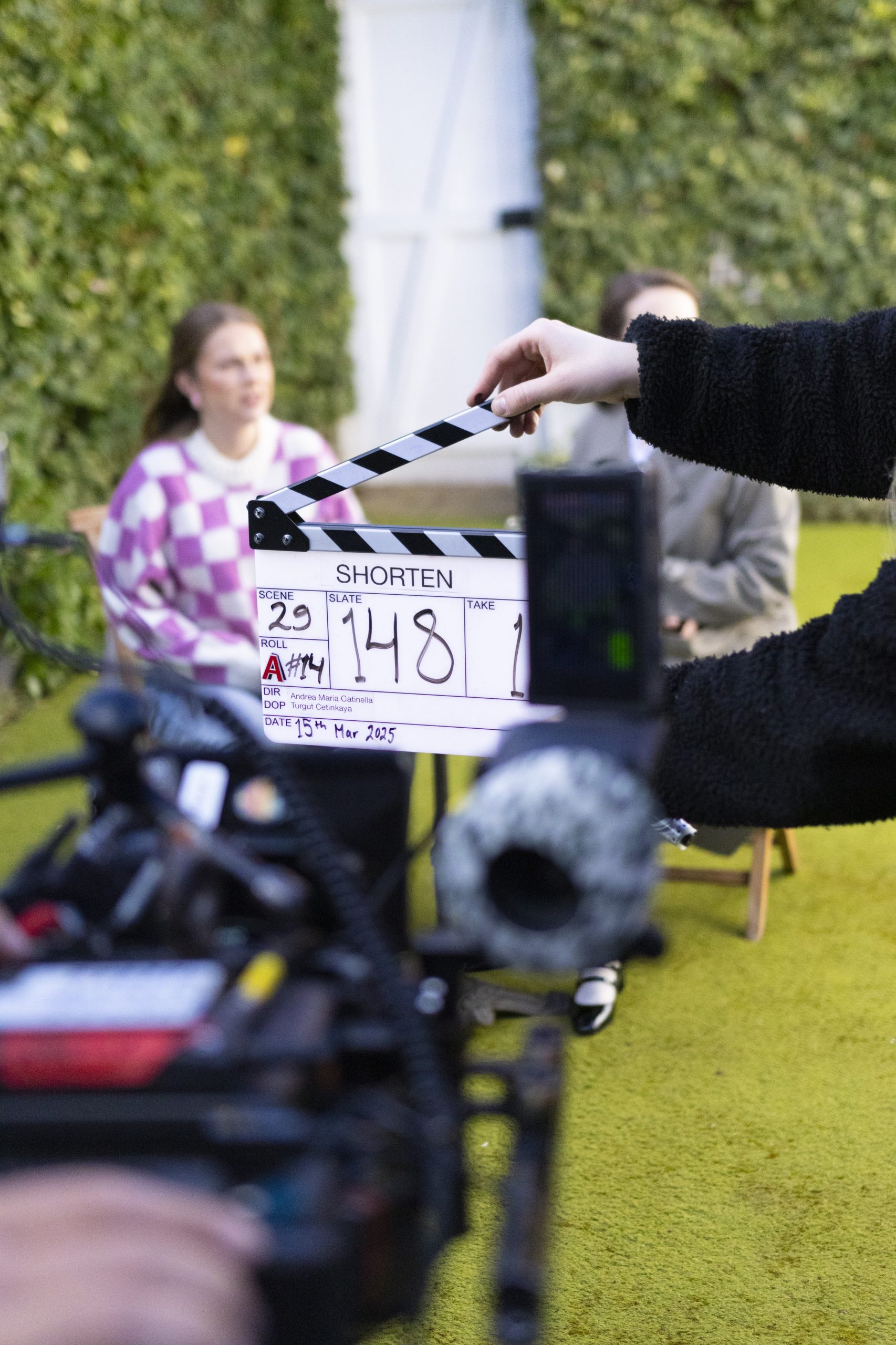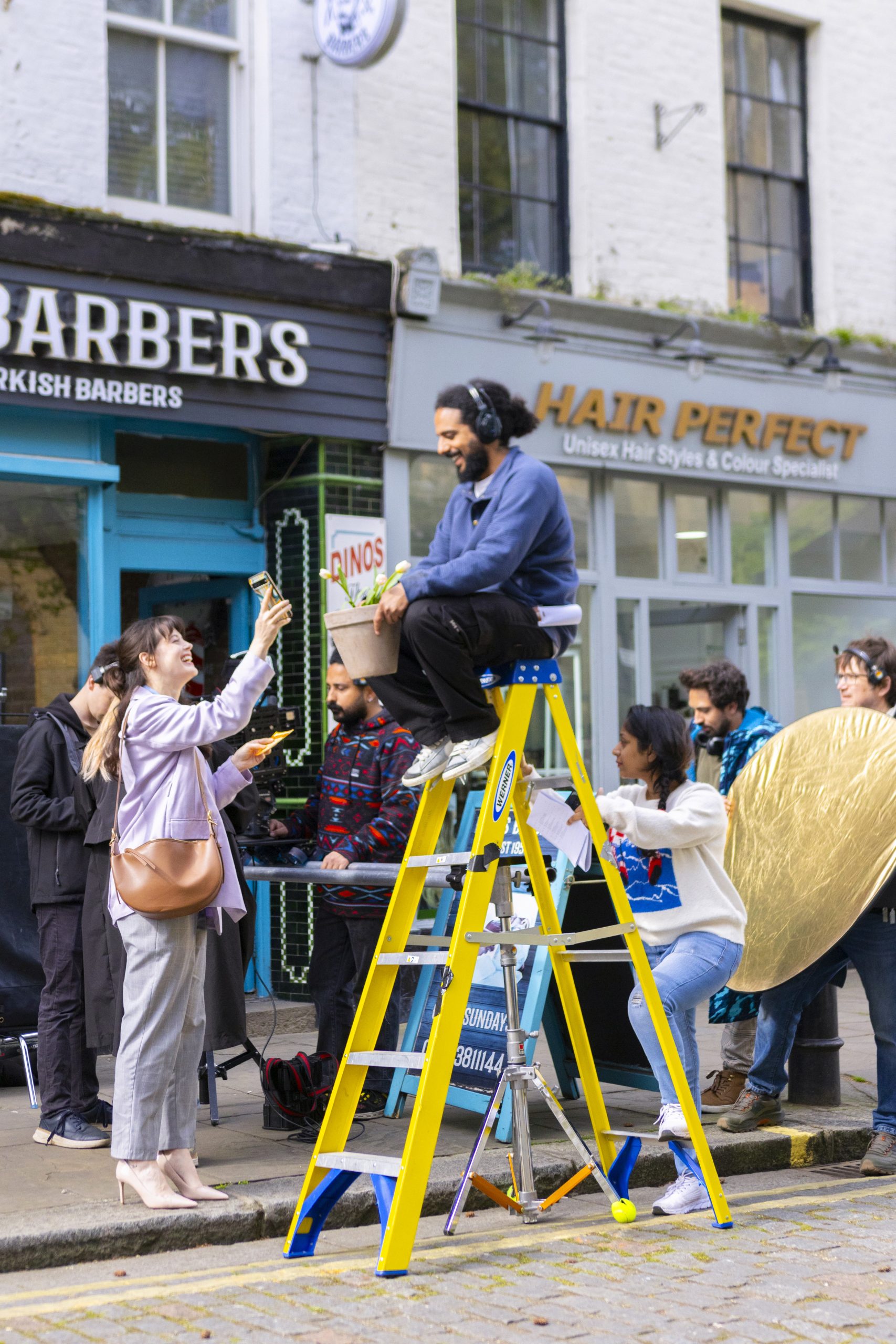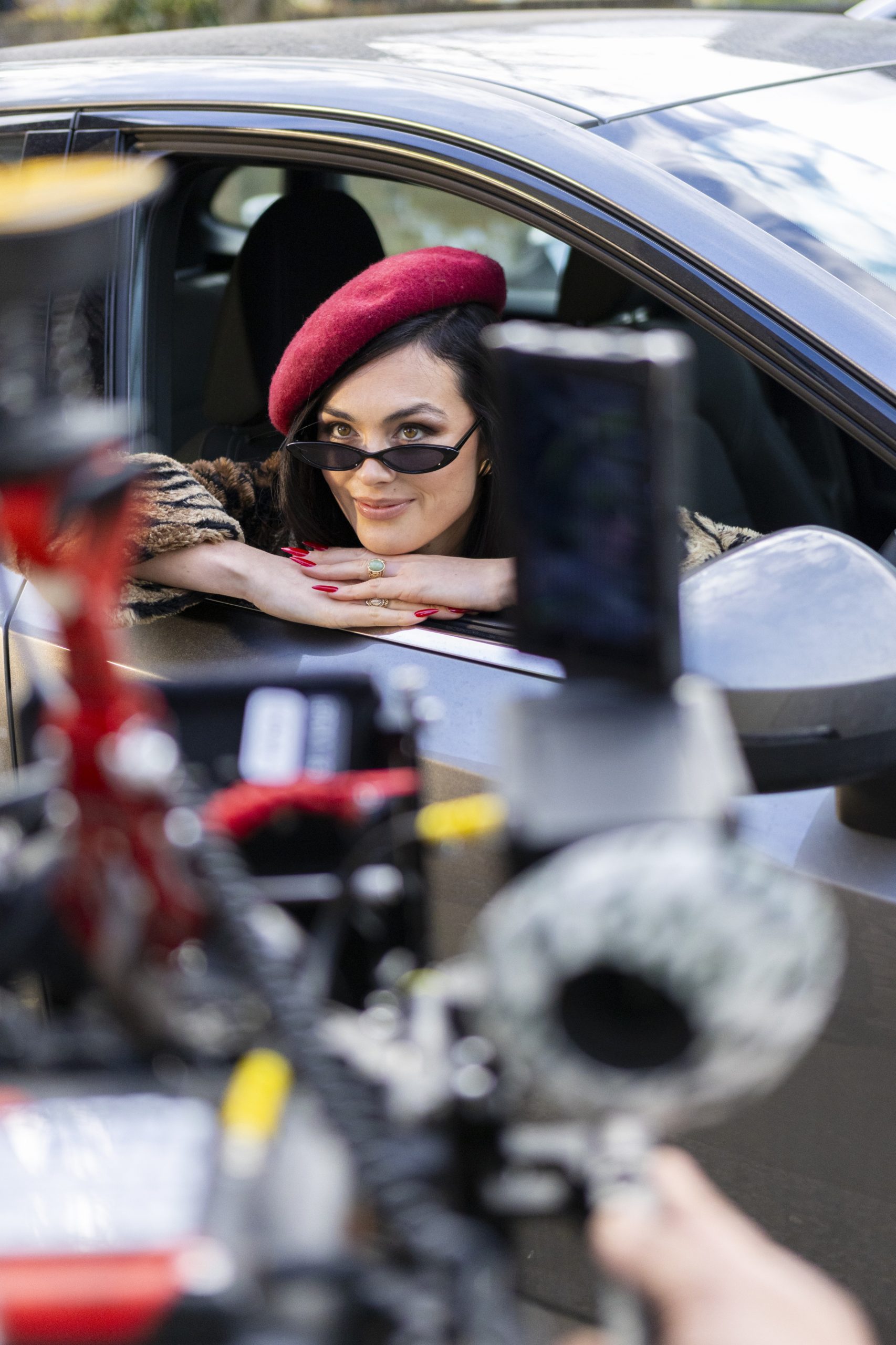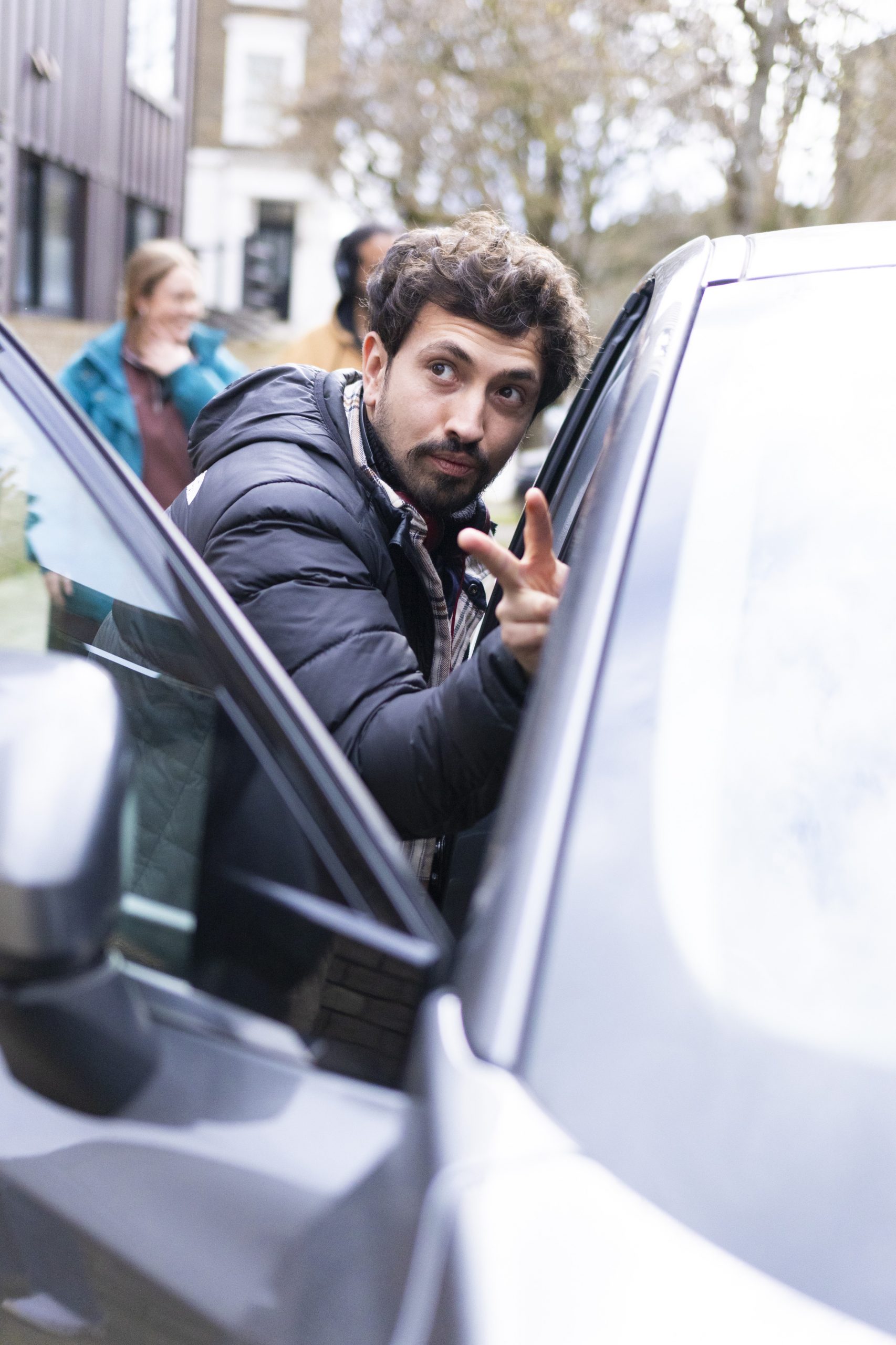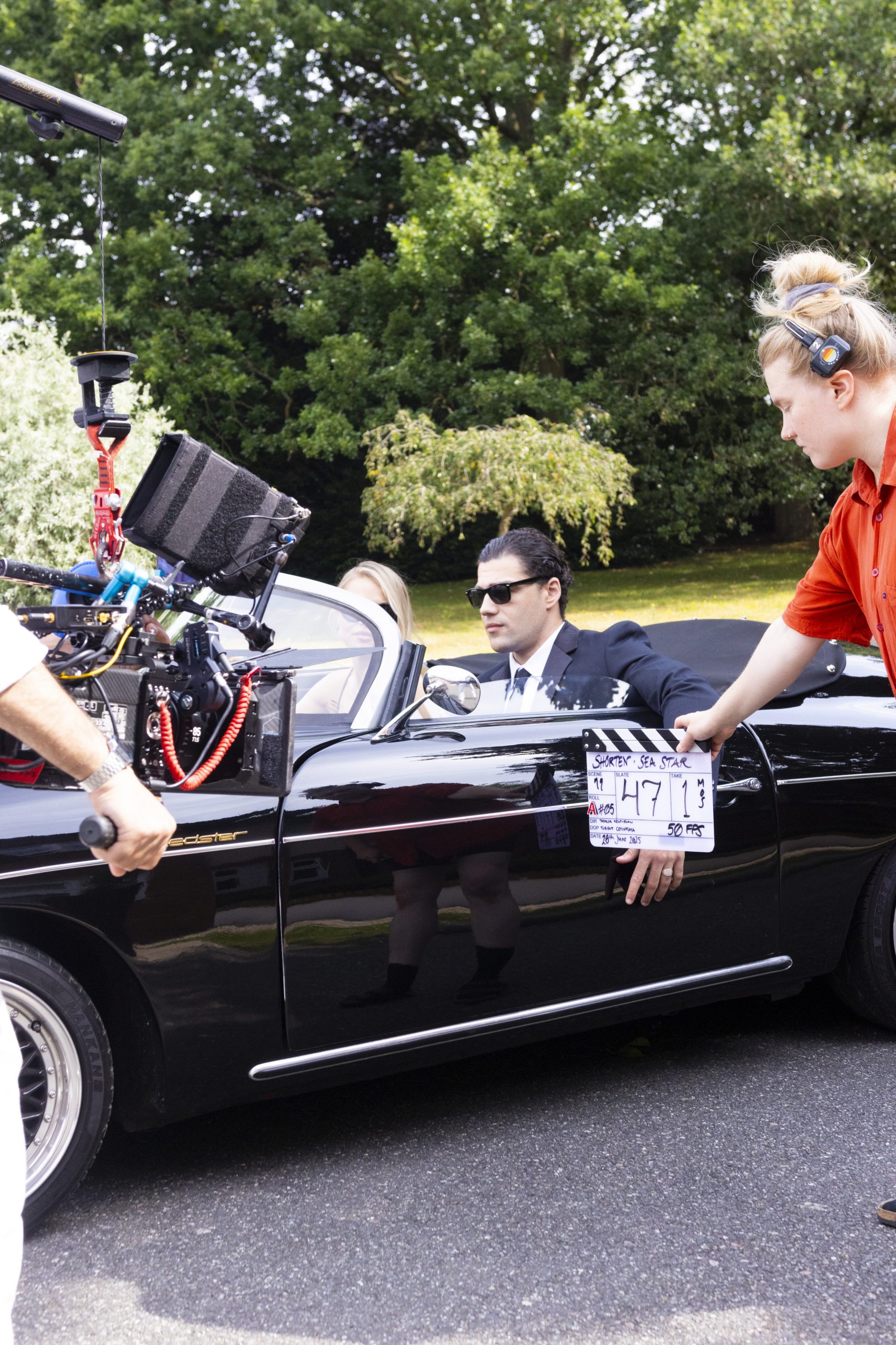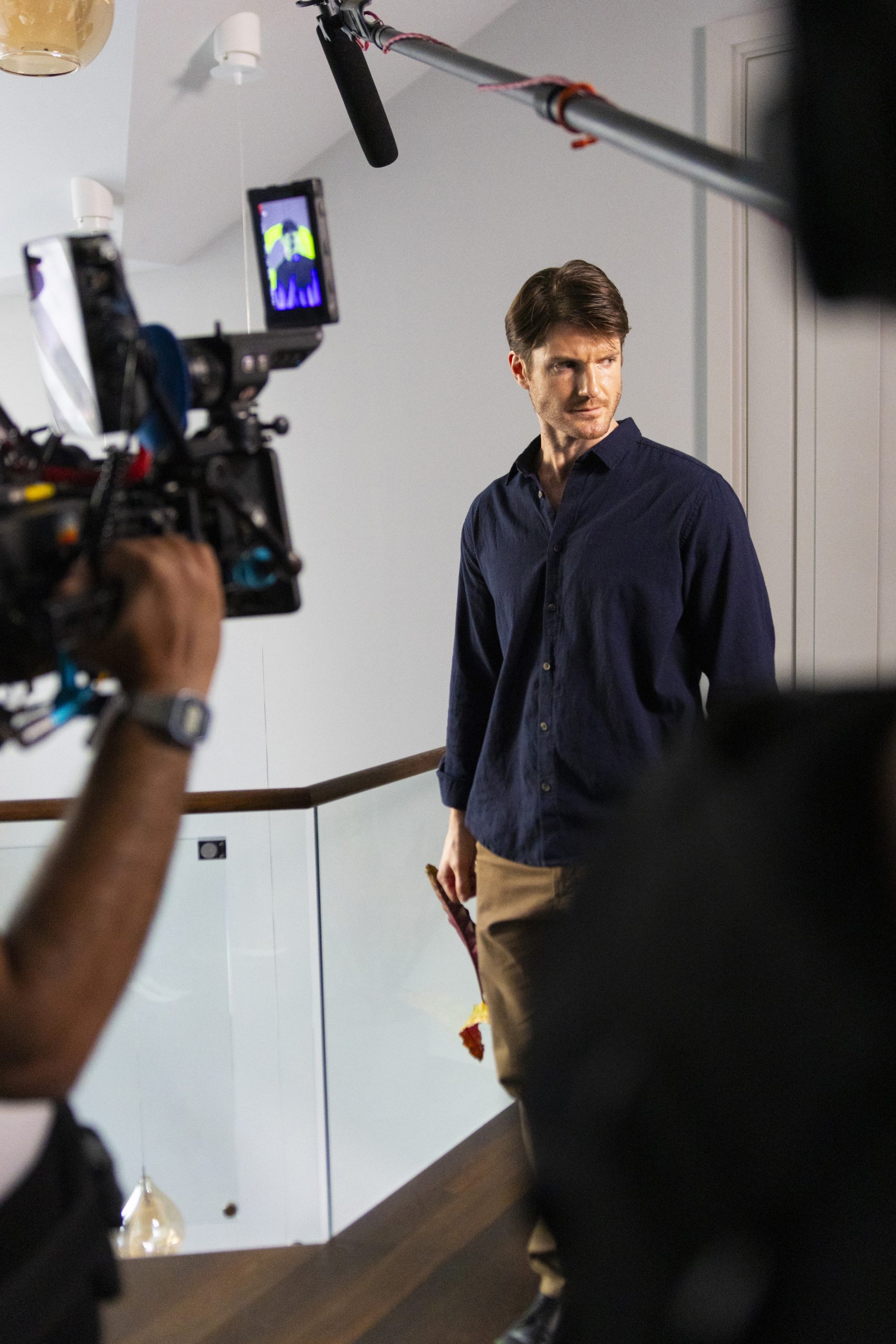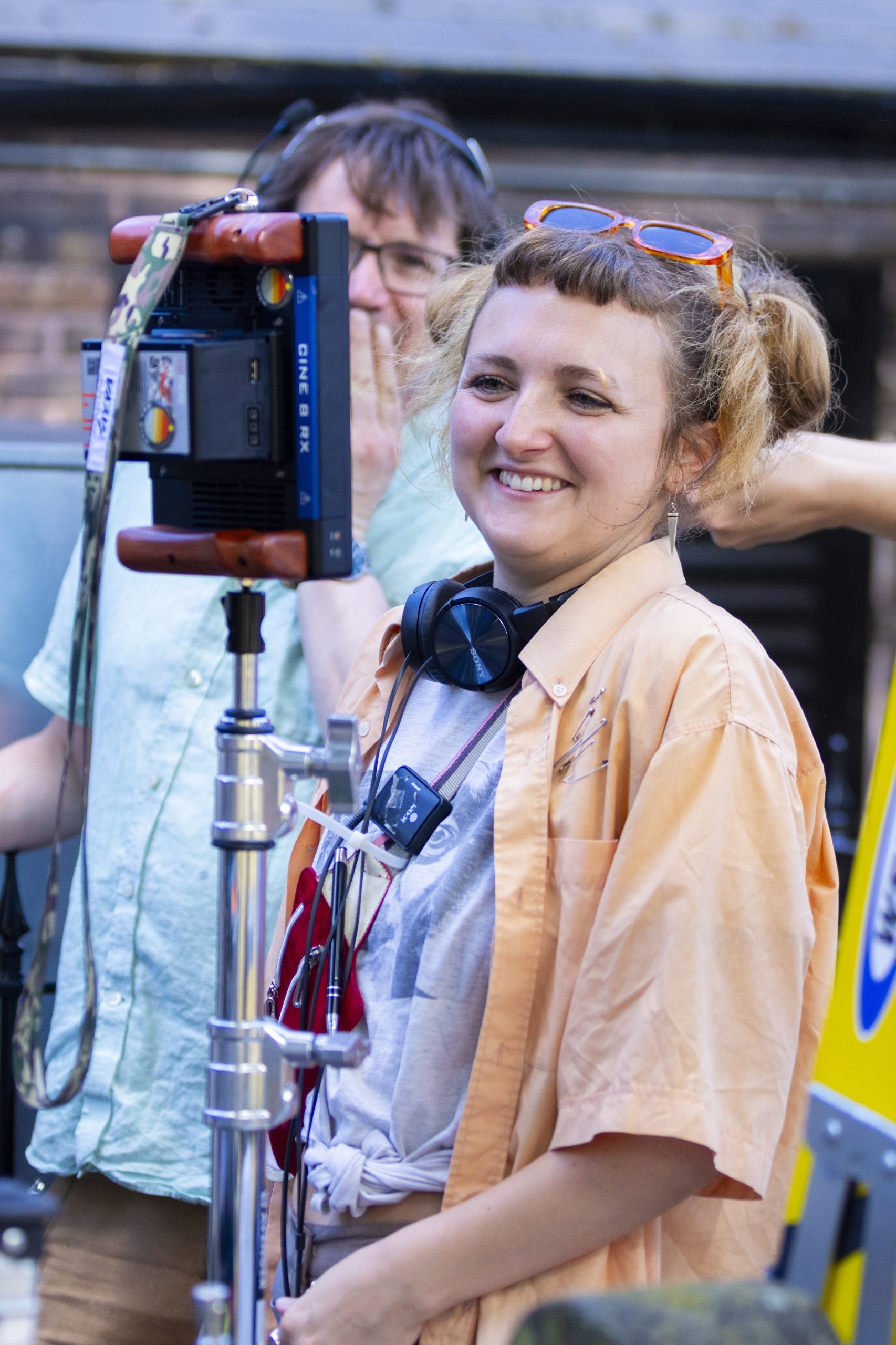The difference between shooting verticals versus a TV drama
All productions demand significant effort, involving months of pre-production, weeks of filming, and extensive post-production in the edit suite. This raises the question: how do vertical productions stand apart? Are the differences found in the crew? the talent? or perhaps the pre or post-production phases? Delve deeper to discover precisely what sets vertical production from the rest.
The Production Process
To understand the difference between the production processes we can compare the difference between shooting episodes of a TV drama versus episodes of a microdrama, mobile based drama. The time it takes to make a TV episode varies widely, “from start to finish, a typical TV series development cycle now can take anywhere from 12 to 18 months” Ken Aguado, Medium. With a typical hour long drama taking about 8 days to shoot. According to Sea Star Productions’ Production Manager, Kayra Defne Turan, an entire series can be completed within approximately 6.5 weeks: 3 weeks for pre-production, an average of 6 days for shooting, and another 3 weeks for post-production.
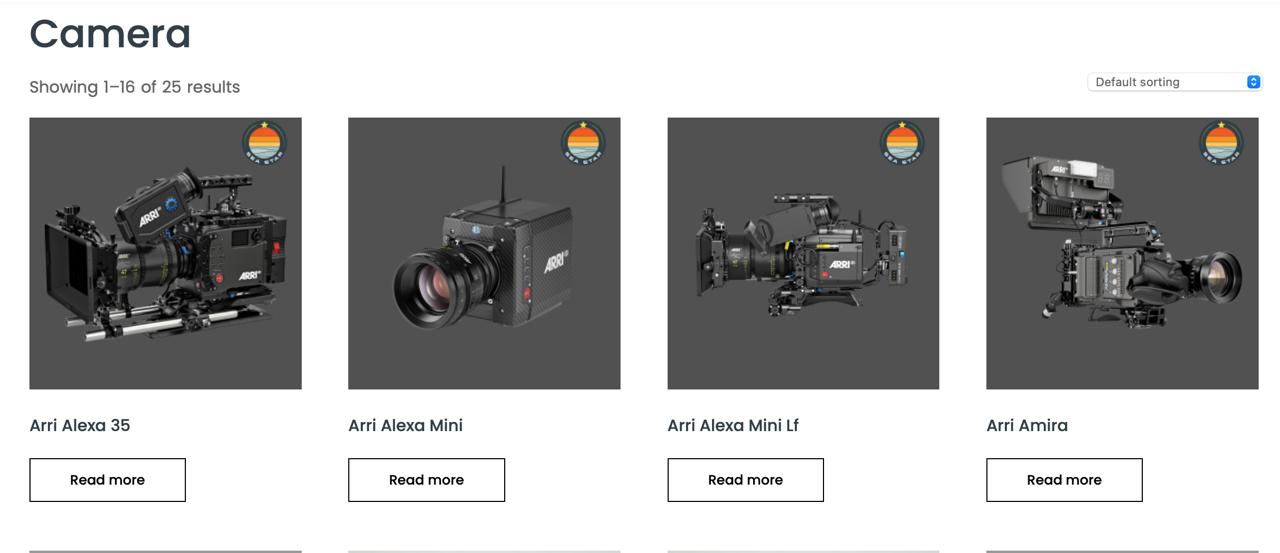
Delivery
The difference between the time it takes from script to delivery for a mini series and a TV series must mean there’s some stark difference between the quality of the shows, or does it? A TV series uses high quality industry standard kit, everything from Arri Alexa 35s, Easyrigs and Wireless Lens Control kits but Sea Star Productions, partnered with Sea Star Rental also has access to all of this industry standard equipment.
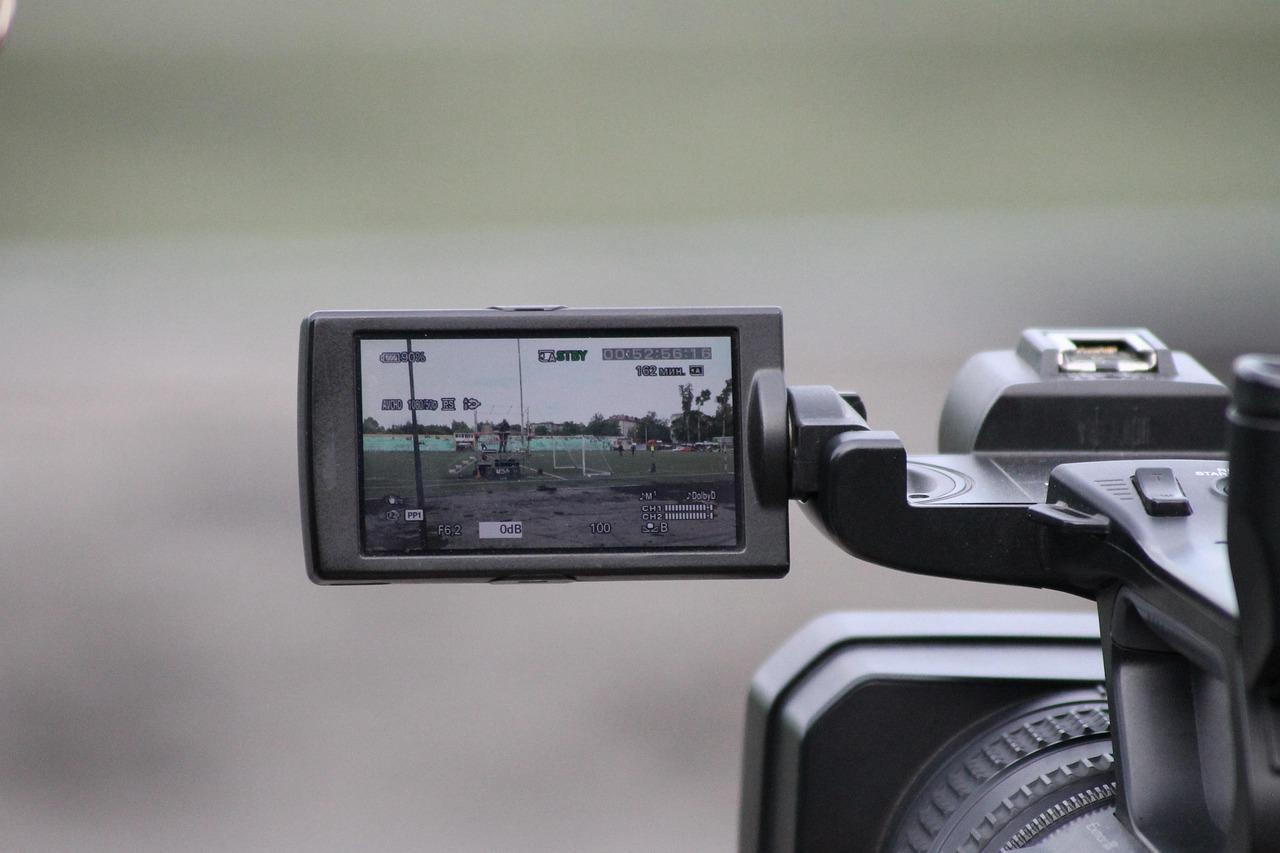
Cast and Crew
The same with cast and crew, vertical dramas have their own inner circle of casting directors specifically tailored to casting for verticals, as well as established talent already existing within the vertical industry. Due to tight turnaround times, crew on verticals are also often trained specialists in their departments, it takes a special sort of director to film an entire series in less than a week.
So, the main difference isn’t crew, cast or equipment, could it be quality? Well… no! Microdramas often use more stunts and action packed scenes, from underwater scenes, to kidnappings and fights, a vertical series has it.
The main difference…
The real and only difference between a vertical production versus a TV drama is time. Vertical dramas are great quality productions, they just have a nature of a quicker turn around. This begs the question, if vertical dramas are up to the same par as typical TV shows then do TV distributors need to up their game? Audiences are increasingly viewing content on their phones so that’s the place to be and verticals are already there. Contact Us and let us know your thoughts!

